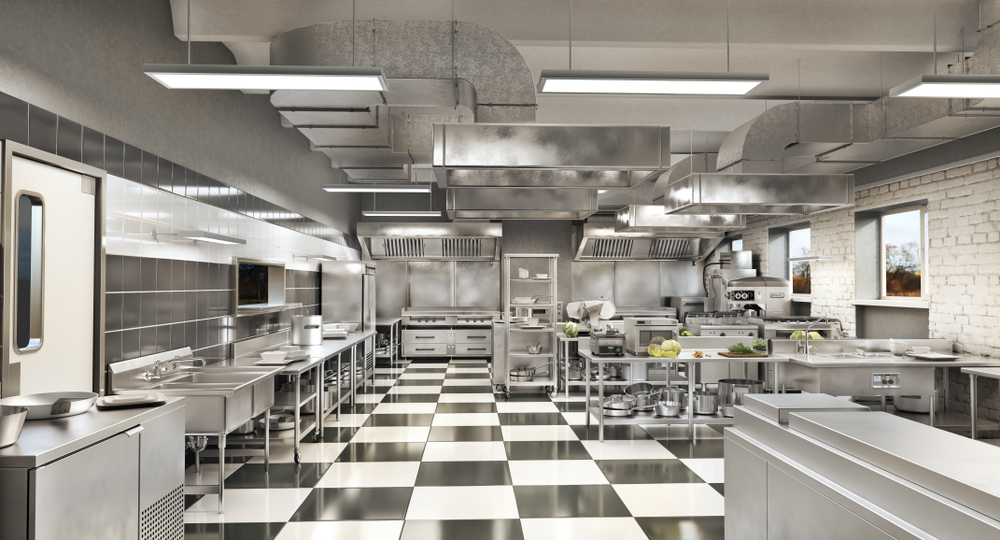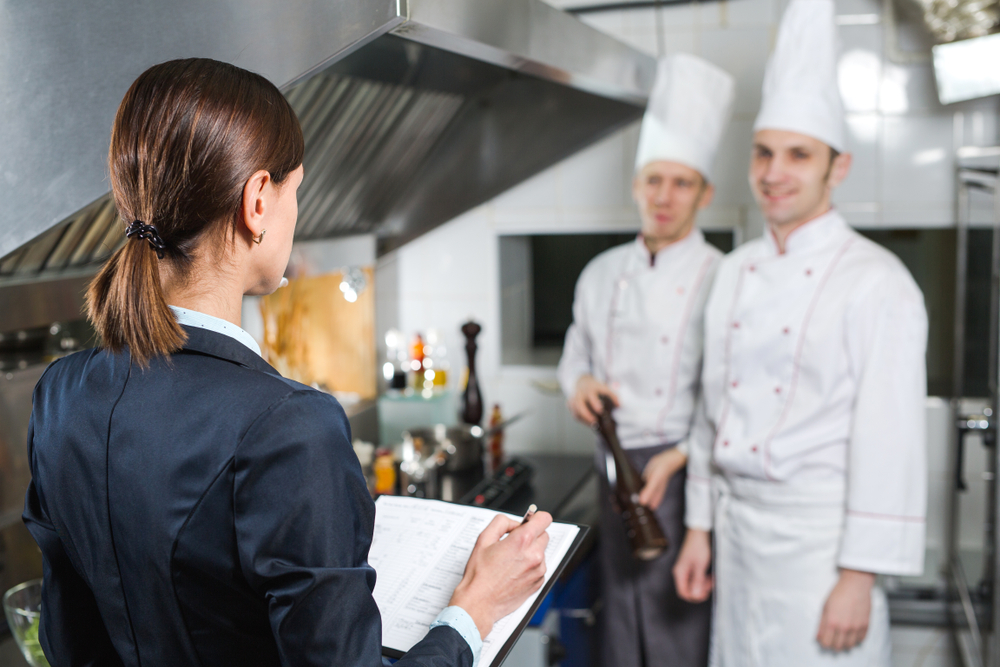Food hygiene audits are a crucial aspect of maintaining safety, compliance, and quality standards in any food-related business.
Whether you’re running a restaurant, catering service, or food manufacturing facility, understanding what happens during an audit can help you better prepare and maintain a high standard of operations.
A thorough audit not only ensures compliance with regulations but also protects your reputation and builds trust with your customers.

Pre-audit preparation
Before an audit begins, it’s essential to have all relevant documentation and systems in place. Key areas to review include:
1. Food Safety Management Systems (FSMS): Ensure your FSMS is up to date and follows the principles of Hazard Analysis and Critical Control Points (HACCP). This should cover procedures for food storage, preparation, and handling.
2. Employee training records: Auditors will want to see evidence that staff have been trained in food hygiene and safety practices.
3. Cleaning and maintenance logs: Comprehensive records of cleaning schedules, pest control, and equipment maintenance are essential.
4. Supplier information: Maintain documentation about your suppliers to verify the quality and traceability of your ingredients.
5. Temperature records: Accurate temperature monitoring for refrigeration and cooking equipment is vital.
Being organised and having these records easily accessible will ensure a smoother audit process.

The audit process
During the audit, the auditor will assess various aspects of your operation to ensure compliance with food hygiene regulations. Here’s what typically happens:
1. Initial meeting: The auditor will begin with an opening meeting to outline the scope of the audit and areas they will review.
2. Inspection of premises: The auditor will inspect your premises, checking for cleanliness, maintenance, and overall organisation. Areas like food preparation surfaces, storage areas, and waste disposal zones will receive particular attention.
3. Review of records: Your documentation will be examined to ensure compliance with food safety regulations. This includes your HACCP plan, training records, and cleaning logs.
4. Observation of practices: Auditors may observe your staff as they work to ensure they are following proper food hygiene practices, such as handwashing, correct use of PPE, and handling food at safe temperatures.
5. Interviews with staff: Employees may be asked questions about their training and day-to-day procedures to verify their understanding of food safety requirements.
6. Assessment of corrective actions: If there have been previous audits or inspections, the auditor will check whether any identified issues have been resolved effectively.

Post-audit feedback and actions
After the audit, the auditor will provide feedback on their findings. This typically includes:
– Audit report: A detailed report outlining areas of compliance and non-compliance.
– Corrective actions: If any issues are identified, you will be given a timeframe to address them.
– Recommendations: Suggestions for improving your food safety systems to enhance compliance and efficiency.
The role of experts in food hygiene audits
Preparing for and navigating a food hygiene audit can be challenging, especially for businesses with complex operations.
This is where food safety experts like Complete Food Safety can provide invaluable support, offering tailored services to help businesses implement robust food safety systems, conduct internal audits, and address areas of non-compliance.
A food hygiene audit is an essential tool for maintaining high standards in your food business.
By understanding the process and preparing thoroughly, you can approach the audit with confidence.
Partnering with experienced professionals like Complete Food Safety can further ensure that your operations meet all necessary standards, giving you peace of mind and protecting your business’s reputation.

